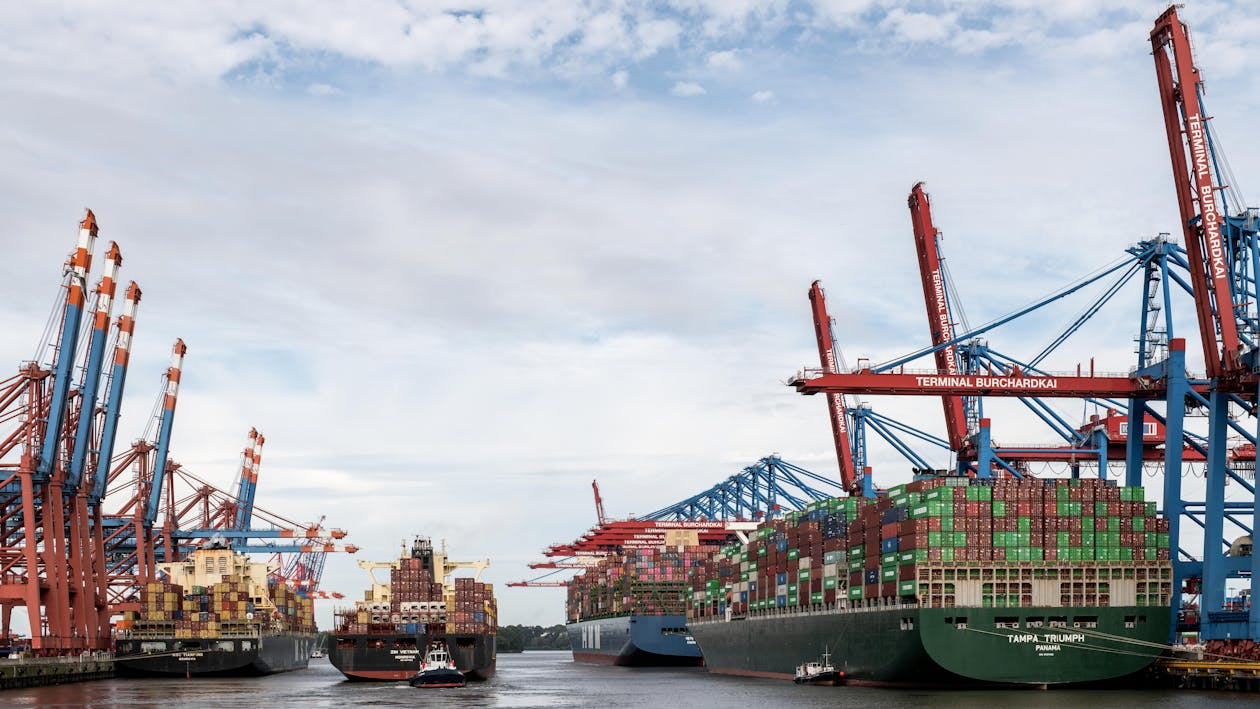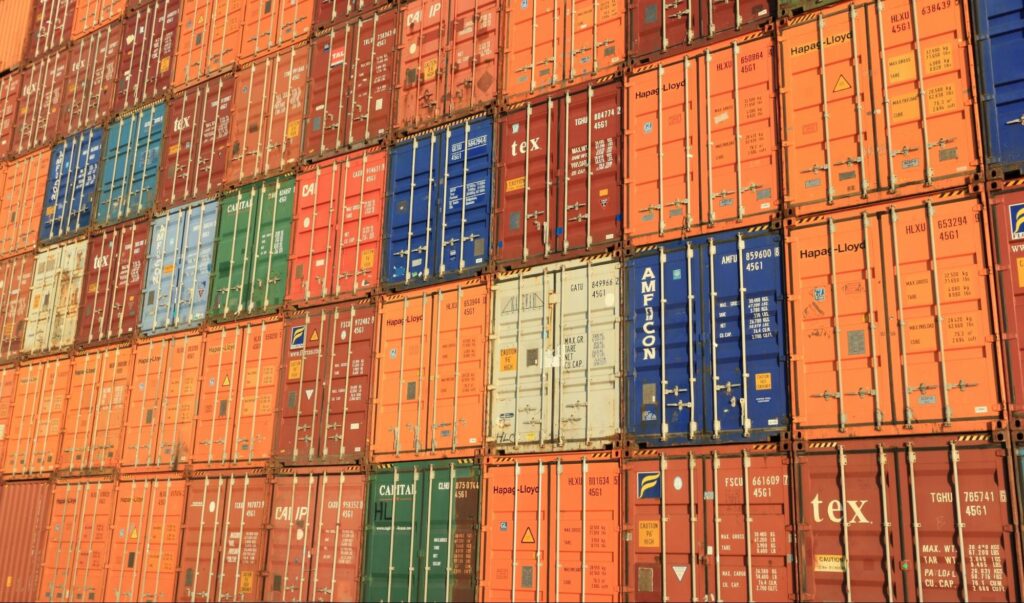The Term E-way Bill is commonly used by businessmen all over India. This is because it is a crucial digital document which is required by all businesses to transport goods over INR 50000.
This document is vital for both the interstate and intrastate movement of goods, making it a significant part of the GST system for smooth and efficient transportation of goods.
However, it is not uncommon to face issues with E-way bills, which can lead to delays and disruptions in the shipping process. This article explores the common problems faced by businessmen and the ways to resolve them quickly.
Common Mistakes and Challenges Faced in E-Way Bill Generation
Below are the common errors and issues you may face while generating an E-way bill:
-
Incorrect Information or Documents
This is one of the most frequent mistakes that one may make while generating E-way bills. Giving wrong information regarding details like name, GST number, and addresses can be a nightmare for you, resulting in fines and delays in the transportation of goods.
-
Wrong business information
The second mistake is putting wrong business information in the company details, including GSTIN, phone number and address of the company. All of this data has to be input with caution, paying close attention to details as they carry huge consequences like delays, seizure of goods, and other penalties.
-
Generation of E-way Bill by a Third Part
When a third party generates a waybill, they may provide inaccurate information. The third party can be the consignee, consignor or the transporter of goods. Common errors in third-party waybill generation are incorrect data entry, system mismatches, or delays in syncing with courier networks. This can lead to tracking failures and shipment delays.
-
Issuance of a Single Waybill for Multiple Invoices
The issuance of a single waybill for multiple invoices occurs when businesses attempt to combine multiple invoices into one single waybill instead of a consolidated bill. Regulations stipulate that each invoice requires a separate bill, which can be consolidated into one bill for seamless transport.
-
Incorrect Vehicle Number Format in E-Way Bill
Providing vehicle numbers in an invalid format is a common e-way bill error that can lead to rejection or tracking issues.

This usually happens due to incorrect spacing, missing characters, or not following the prescribed format.
Solutions to Overcome E-Way Bill
Now that you know the common challenges while generating an E-way bill, check the solutions to ensure a seamless experience:
Ensure Accurate Data Entry
Make sure that all the information provided in the E-way bill is accurate and complete. The information provided should be in accordance with the regulations to avoid any delays and rejections. Follow the steps given below for a smooth delivery of goods.
- Double Check the Information: Before submitting the E-way bill, verify all the details, including the receiver’s address, GST number as well and invoice number.
- Training and Awareness: Regular staff training can help reduce errors and elucidate the significance of providing accurate data in the waybill.
Use Consolidated E-Way Bills for Multiple Invoices
Many businesses transporting multiple invoices generate only a single E-way bill instead of a consolidated one. The solution to this issue would be to get singular bills for each invoice and then consolidate them into one. This way businesses can ensure that they are following the GST regulations as well as saving some time and workload.
Using Technology to Augment Efficiency
Technology plays an important role in making the whole process run smoothly and efficiently.
- Bulk Generation: This feature is a lifesaver for businesses that generate large volumes of transactions. Ensure that you have entered the latest data. This will allow you to generate multiple bills simultaneously, saving time and reducing errors.
- Data Entry Automation: It reduces the chances of errors as compared to entries done manually.

- Live Tracking: This enables businesses to track the validity and status of the E-way bills in real-time.
- Automatic Reconciliation: This reduces the risks of discrepancies and ensures accurate matching of invoices.
To Wrap it up
E-way bill challenges don’t have to be a headache. With careful attention to detail, the right formatting, and real-time updates, businesses can make this entire process smooth without any hassle. Double-checking the waybill numbers, addresses, and other details can keep compliance issues and delays at bay.
